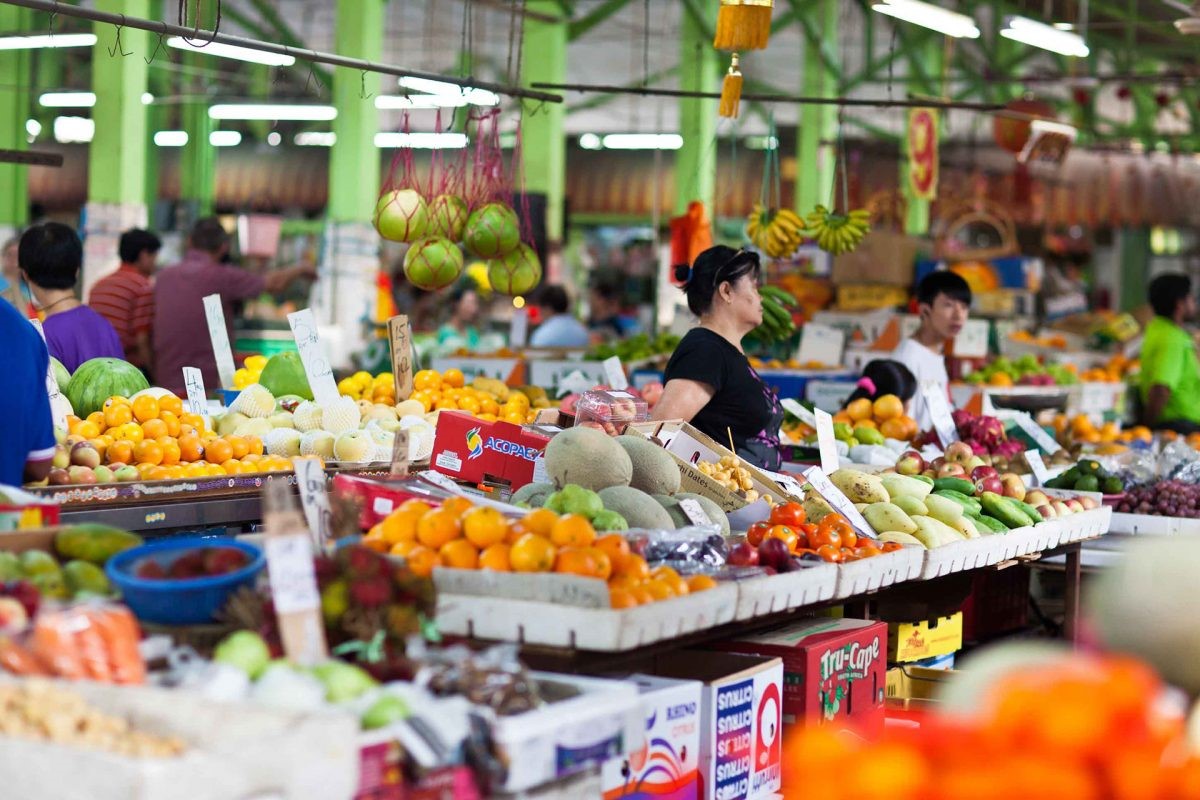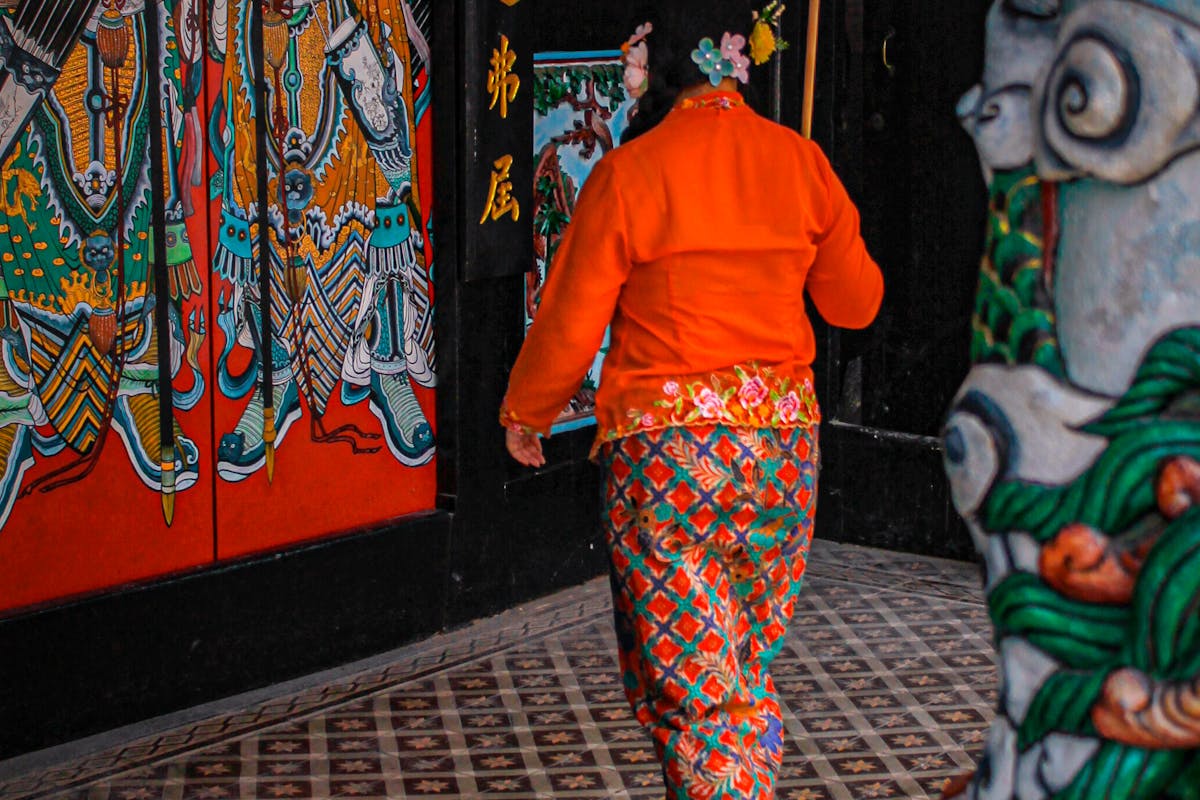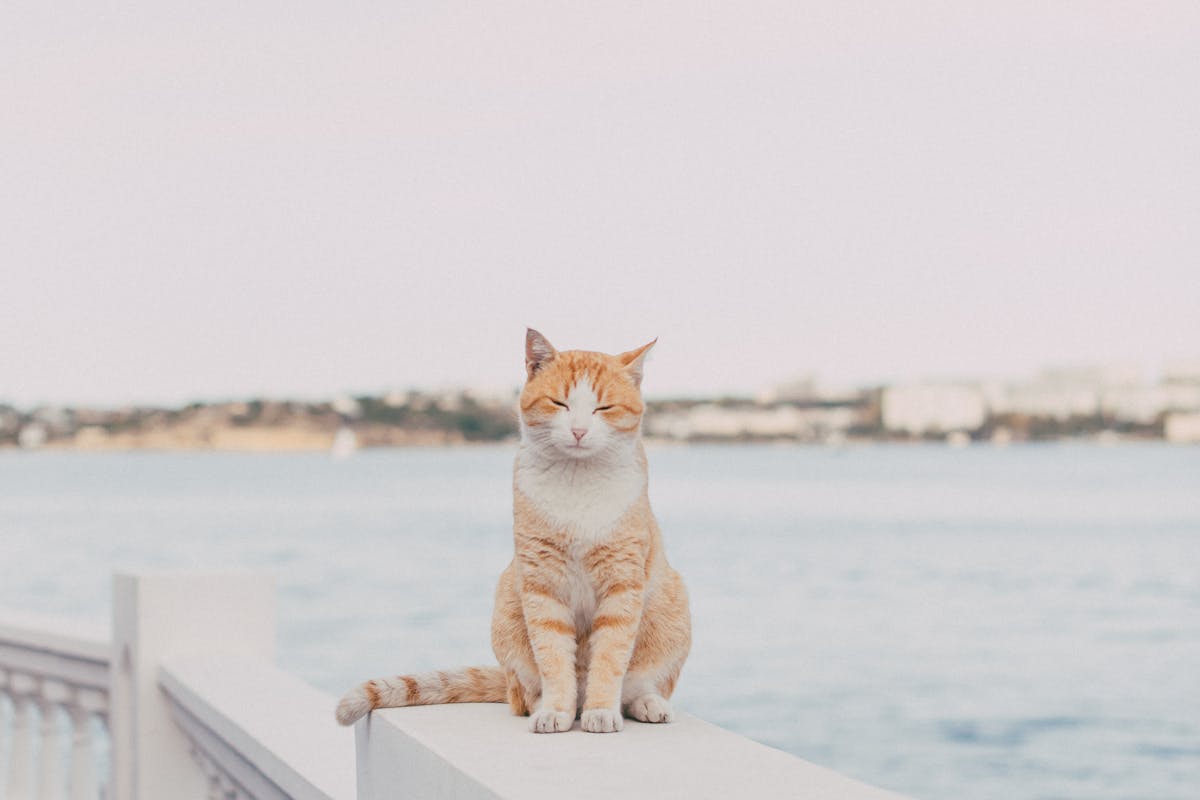Peranakan food: Delighting the Malaysian palate
Mum: Ah Girl, there’s Ang Ku Kueh in the fridge. I heat up, you want?
Me: No, I prefer curry puff.
Mum: You-ah… Ok, ok. How many pieces do you want?
Me: Hmm, two?
Mum: Wait, wait. Let me handle the ang ku kueh first.
The above conversation would somehow occur whenever there’s Peranakan (Nyonya) food for tea. If she happened to be careless when handling these small bites, she would punctuate the conversation with the expression “Oh, pochot”, which is Baba Malay for something along the lines of “Oh no”. While my mum would generally be inclined to have the sweet Ang Ku Kueh – something that my late grandmother used to make – I’d opt for the spicy and savoury curry puff. Let’s just say that my late grandmother was greatly influenced by the Peranakan culture, having lived in Malacca amongst Peranakan relatives for quite a long time.
I’ve always understood Peranakan as a creolization of cultures, usually of Malay and Chinese, resulting in the birth of the Peranakan Chinese. Even then, there are other forms of Peranakan such as the Jawi Peranakan, which is a result of the creolization of Malay and Indian cultures. History informs us that those from the Straits Settlement (Penang, Malacca and Singapore) are where these unique Peranakans can generally be found.
If you take a look at the everyday-diets of the Peranakan Chinese you’ll be amazed to find the perfect blend of elements of a variety of cuisines. What’s more interesting is that Peranakan cuisine can be divided into three types: Malay-style, Hokkien (Chinese), and modernized fare. Additionally, there’s also kuihs that come in a variety of colours and sweetness levels. For example, those from Malacca would have been influenced by the Portuguese flavours, while those in Penang would have adopted Southern Indian and Thai flavours and hints due to their geographical distances.
It is also important to note that the cooking and preparation of such dishes can be a very long and tedious process. In fact, much of these flavourful delights involve the use of coconut milk, dried prawns, batu giling, and the pestle and mortar.
I guess I’ve to credit my mother for bringing in and presenting some variety to our dining table, regardless whether the food is homemade or not. It’s because of what she grew up noticing that we get to sometimes have, in addition to the ang ku kuehs and curry puffs, spicy dishes like ayam buah keras and sweet delicacies like bubur chacha and the Nyonya Bak Chang.
Did I just make you want to walk to the kitchen and whip up some of these? Of course, nothing beats making every dish or dessert from scratch. Perhaps you might even wish to add your own twist. However, if you’re desperate for your next Peranakan fix, nothing can stop you from exploring the menus of Malaysian restaurants that serve the right amount of sweet, milky, sour and/or spicy that significantly defines authentic Peranakan food.









Showing 0 comments